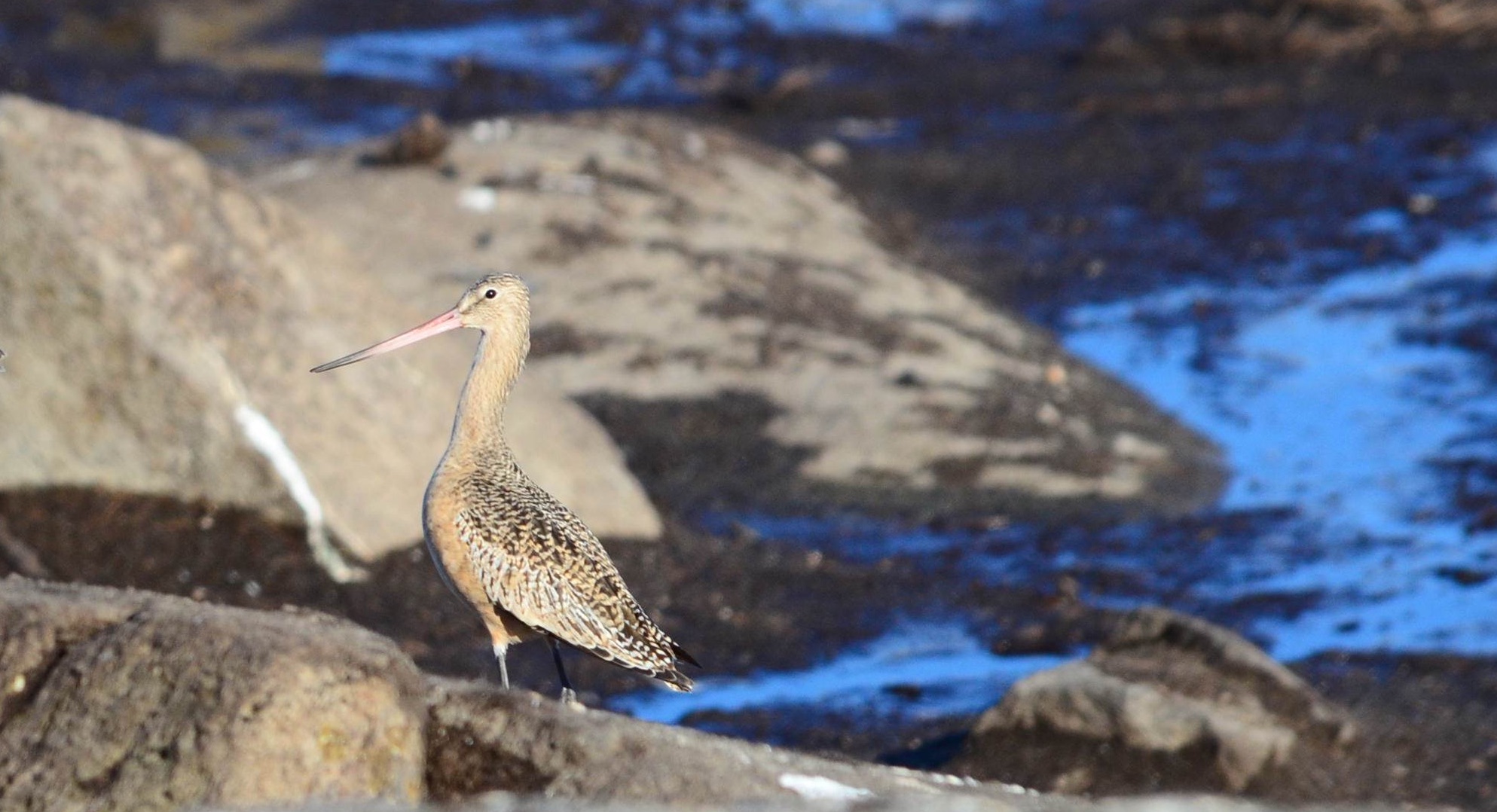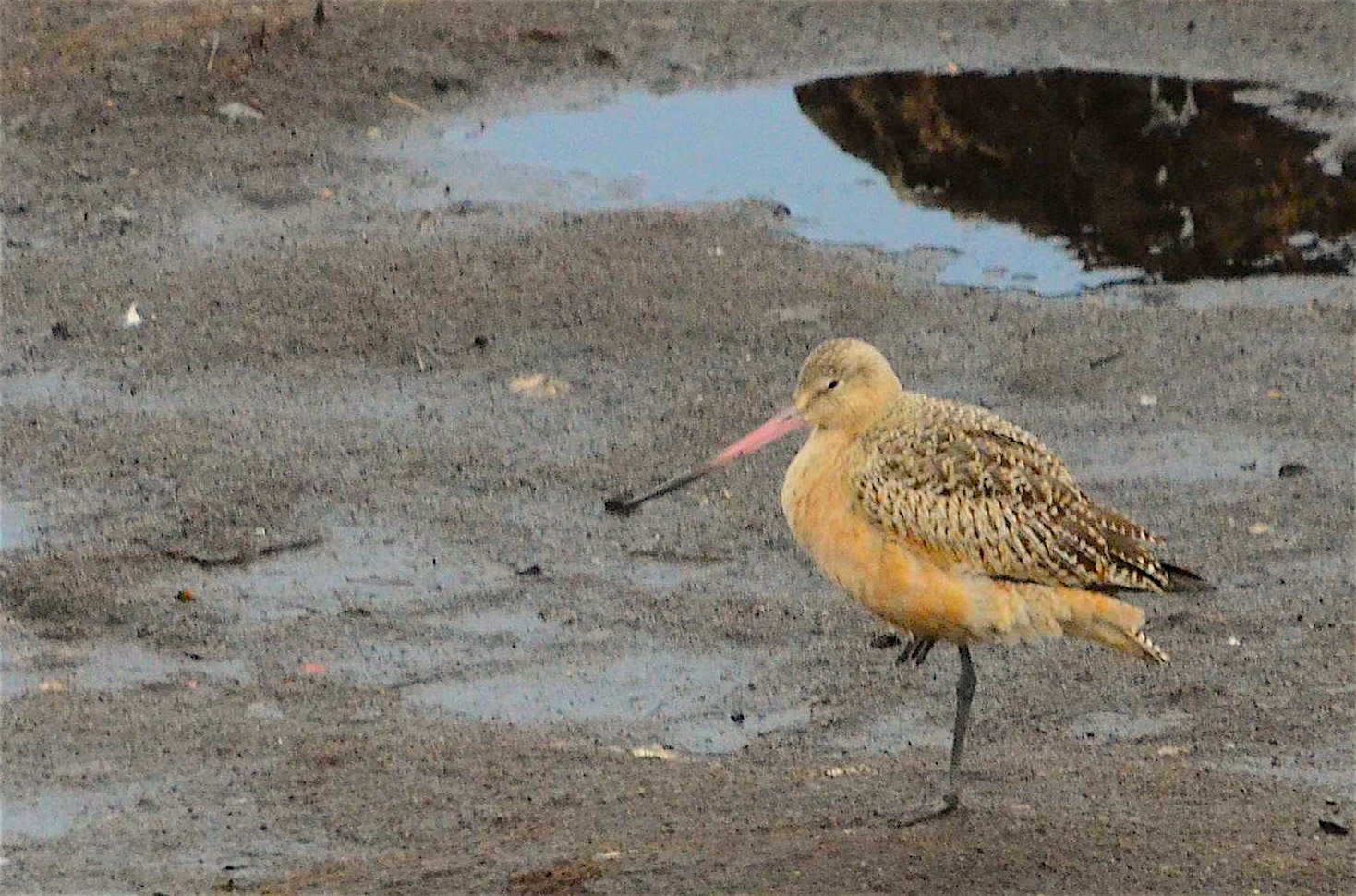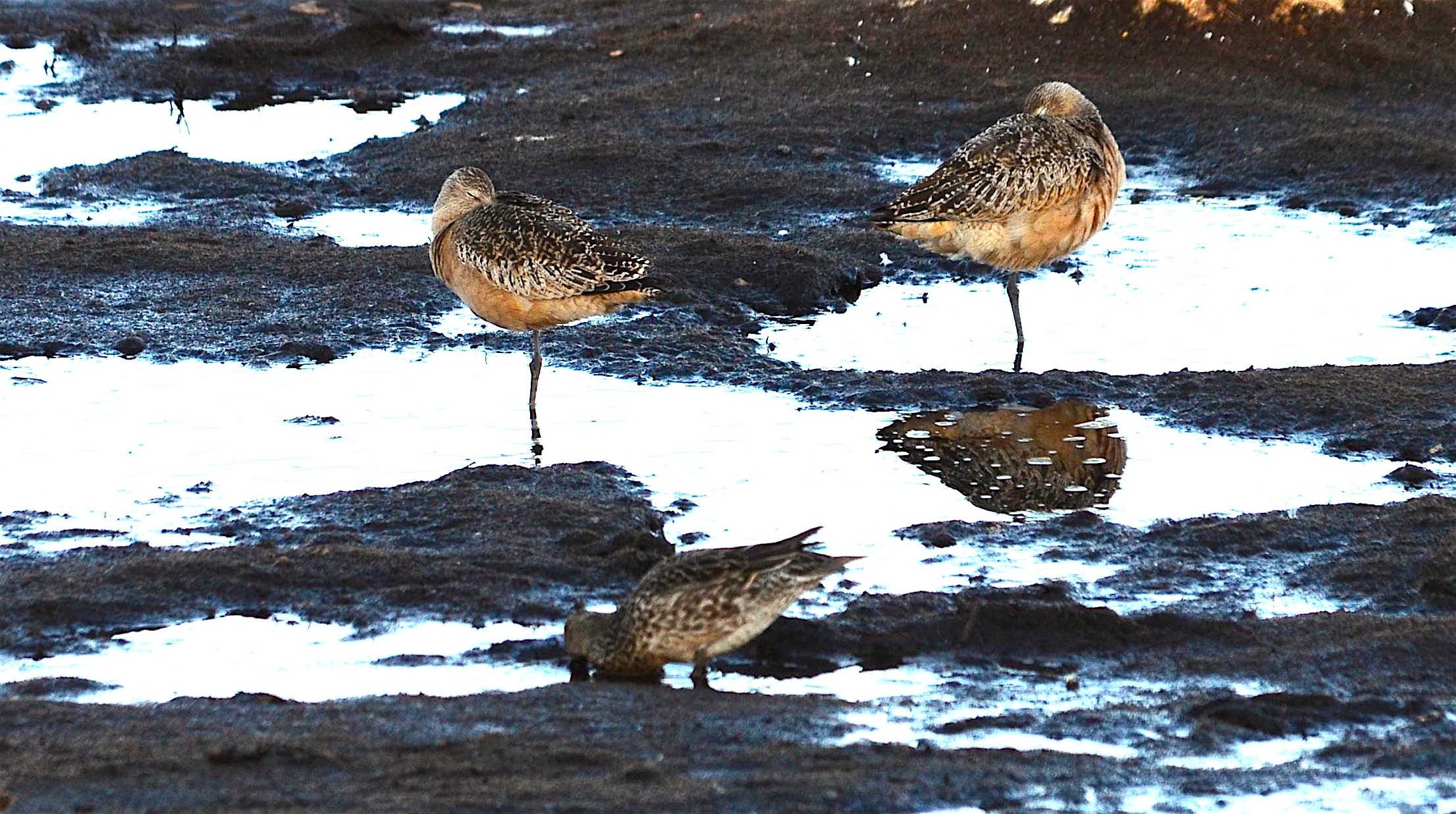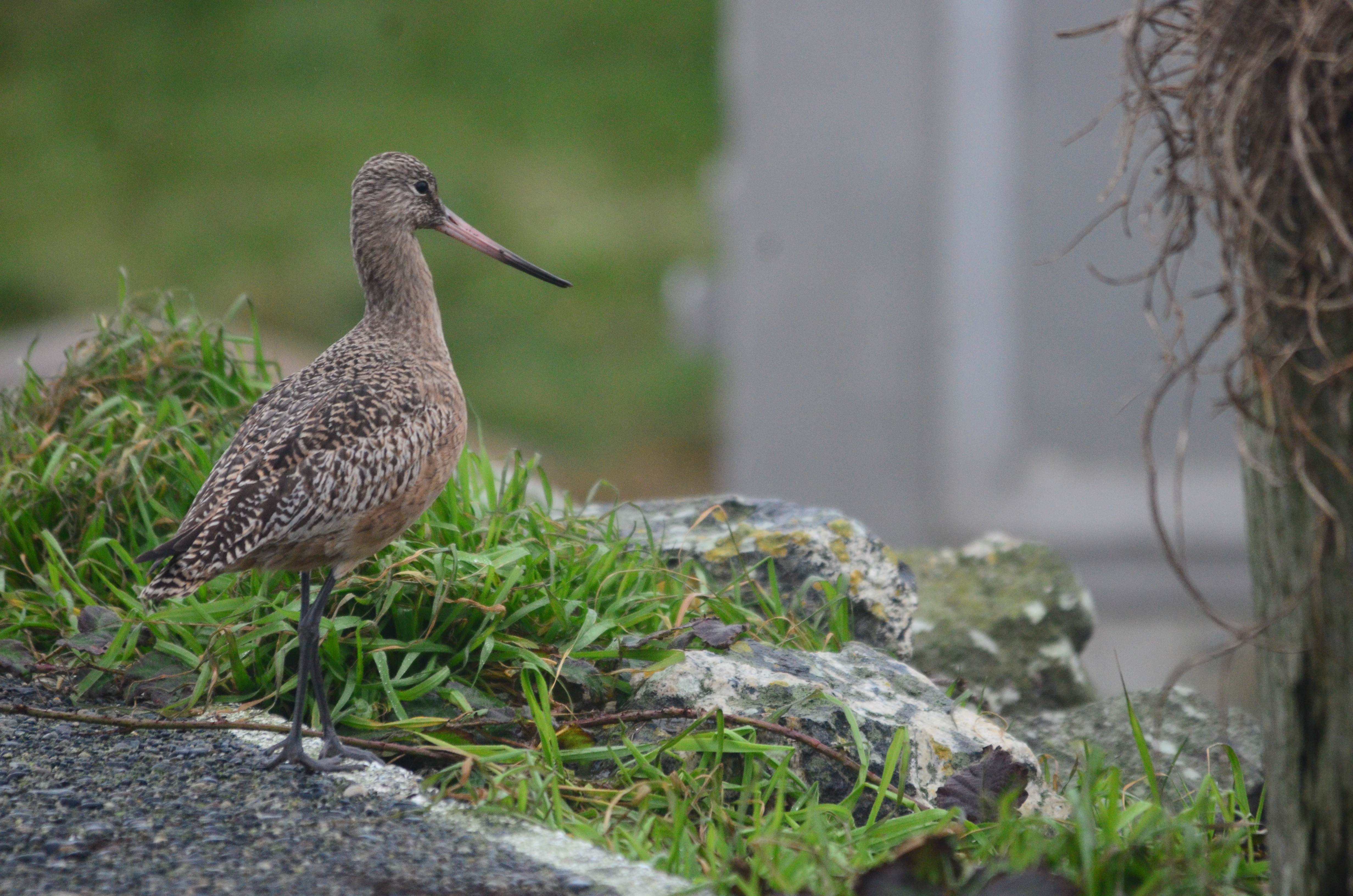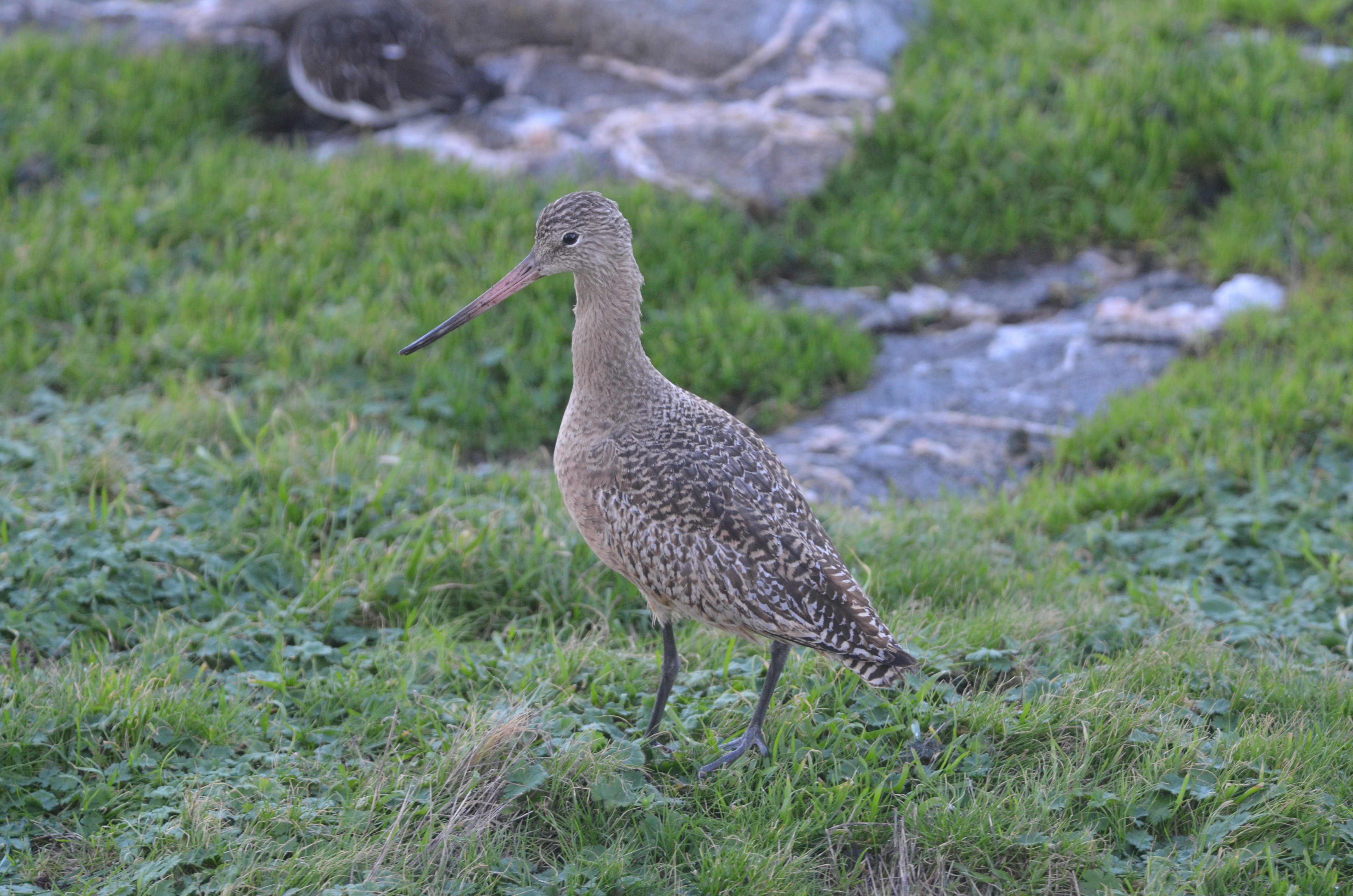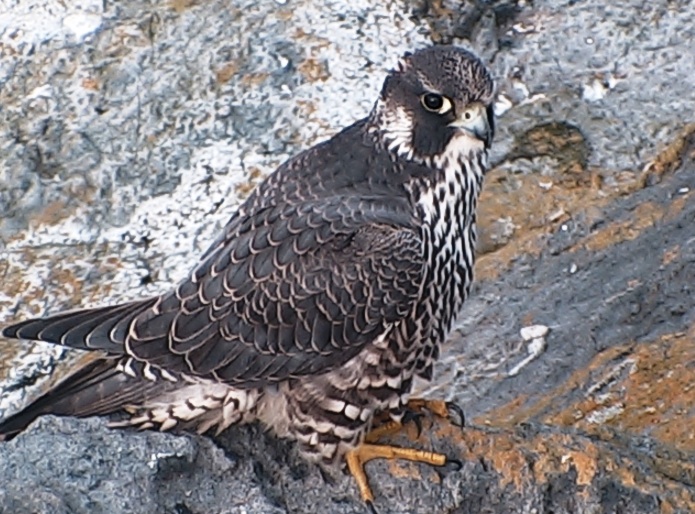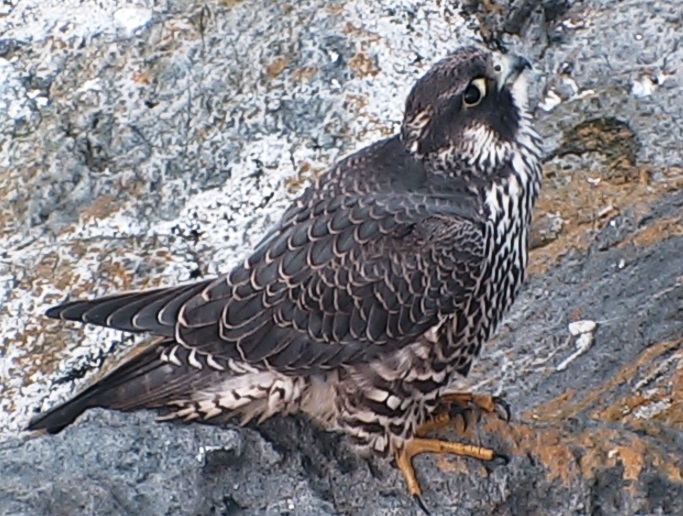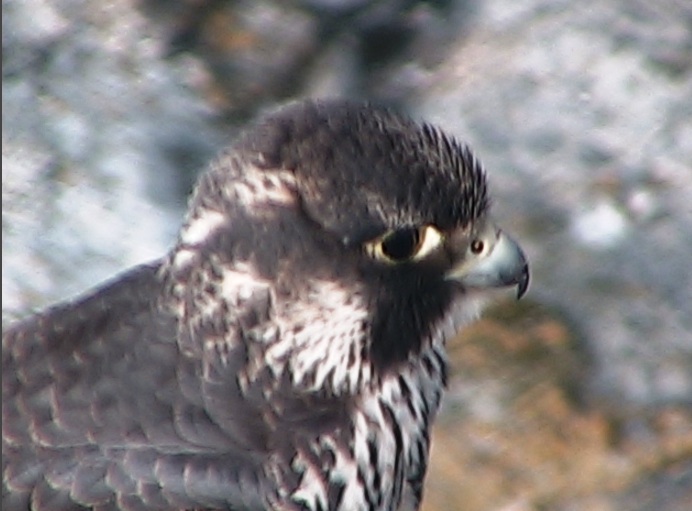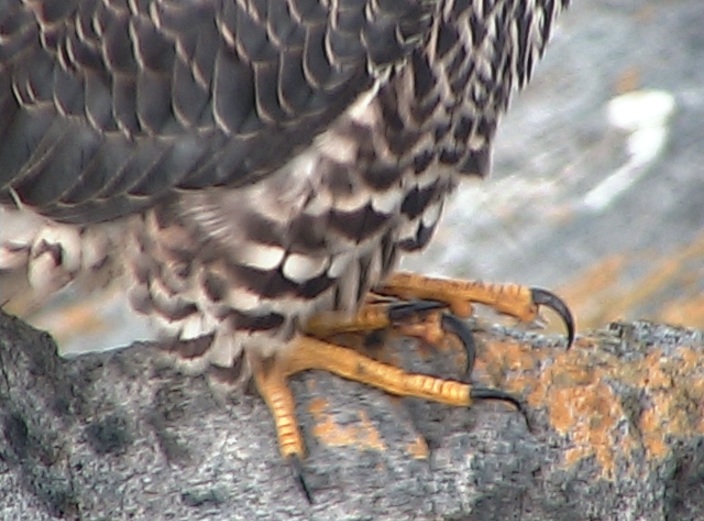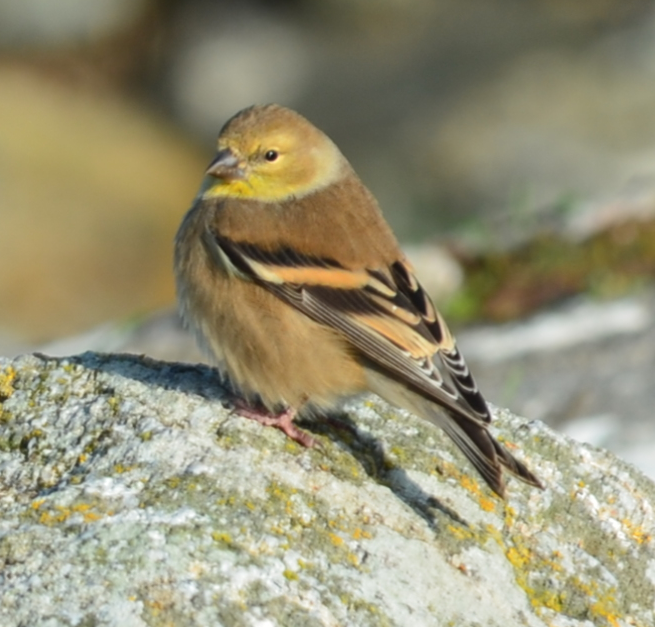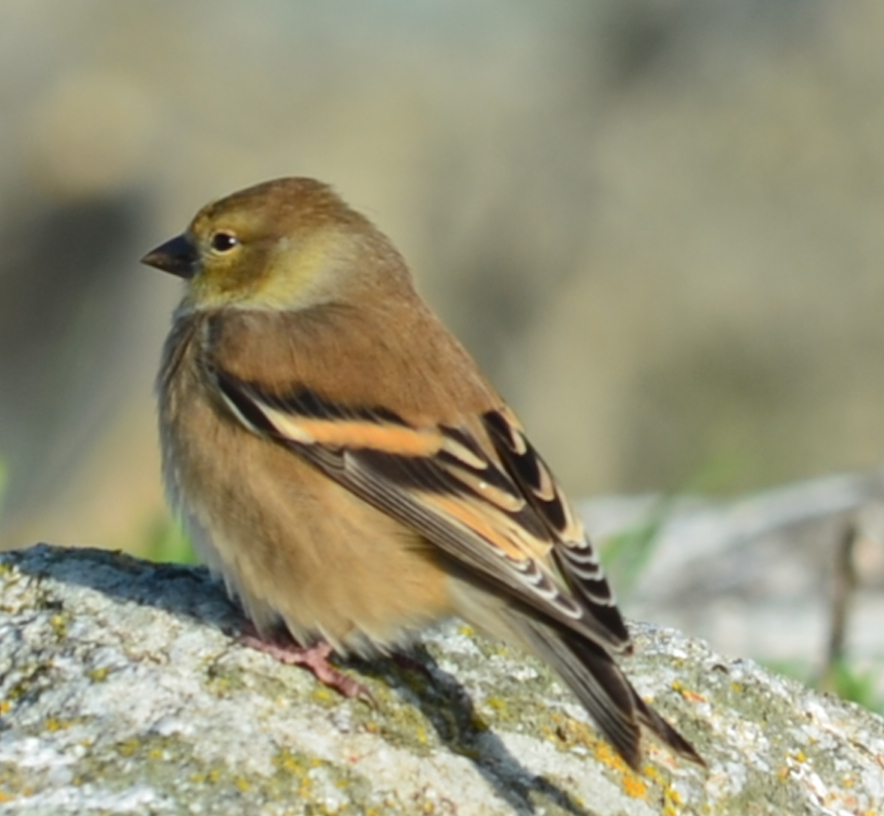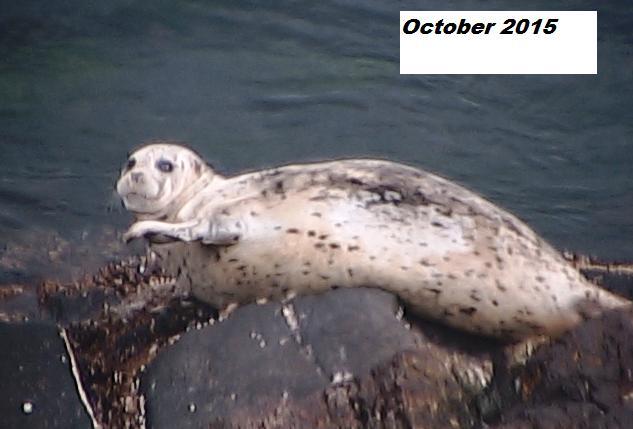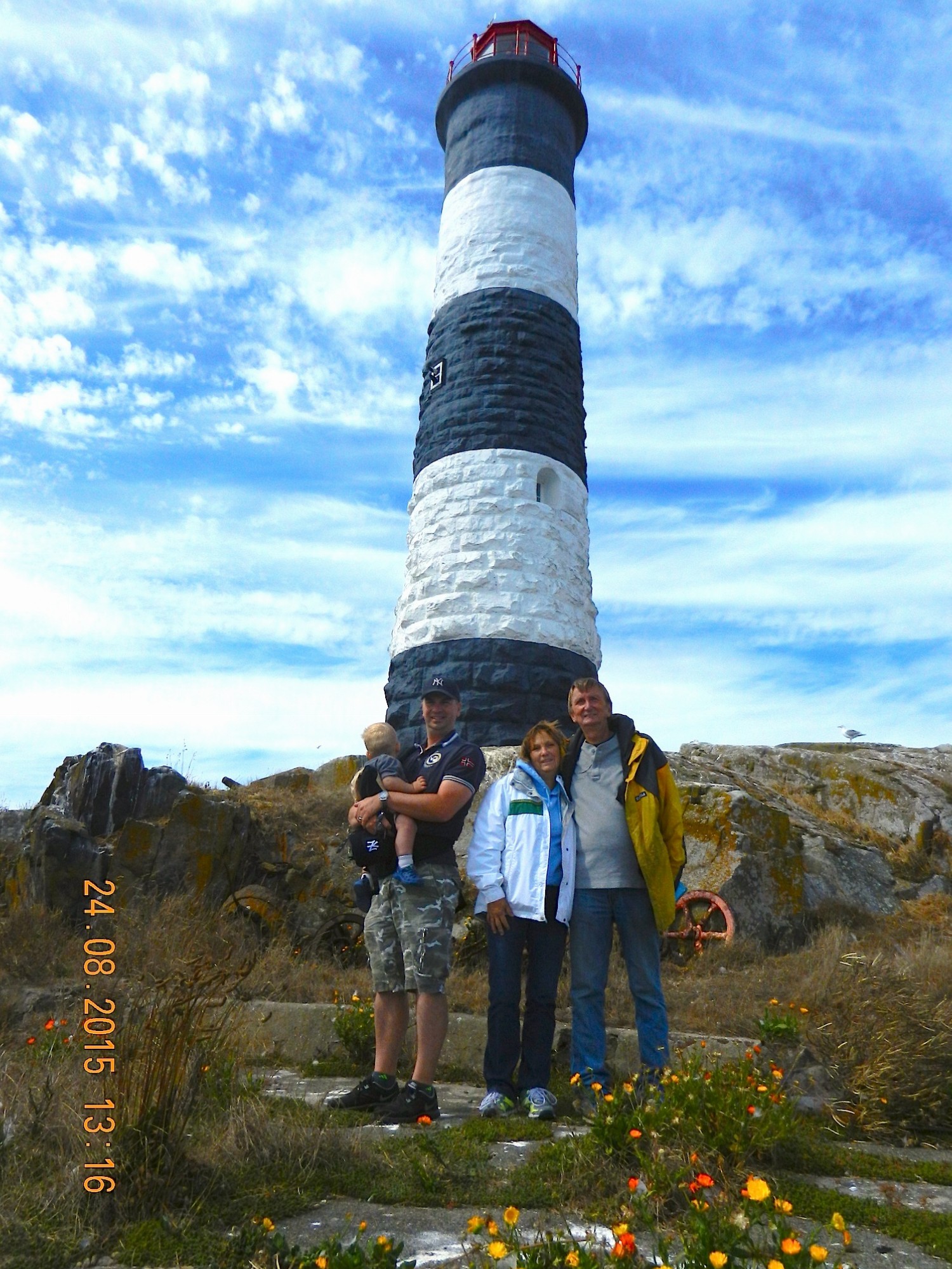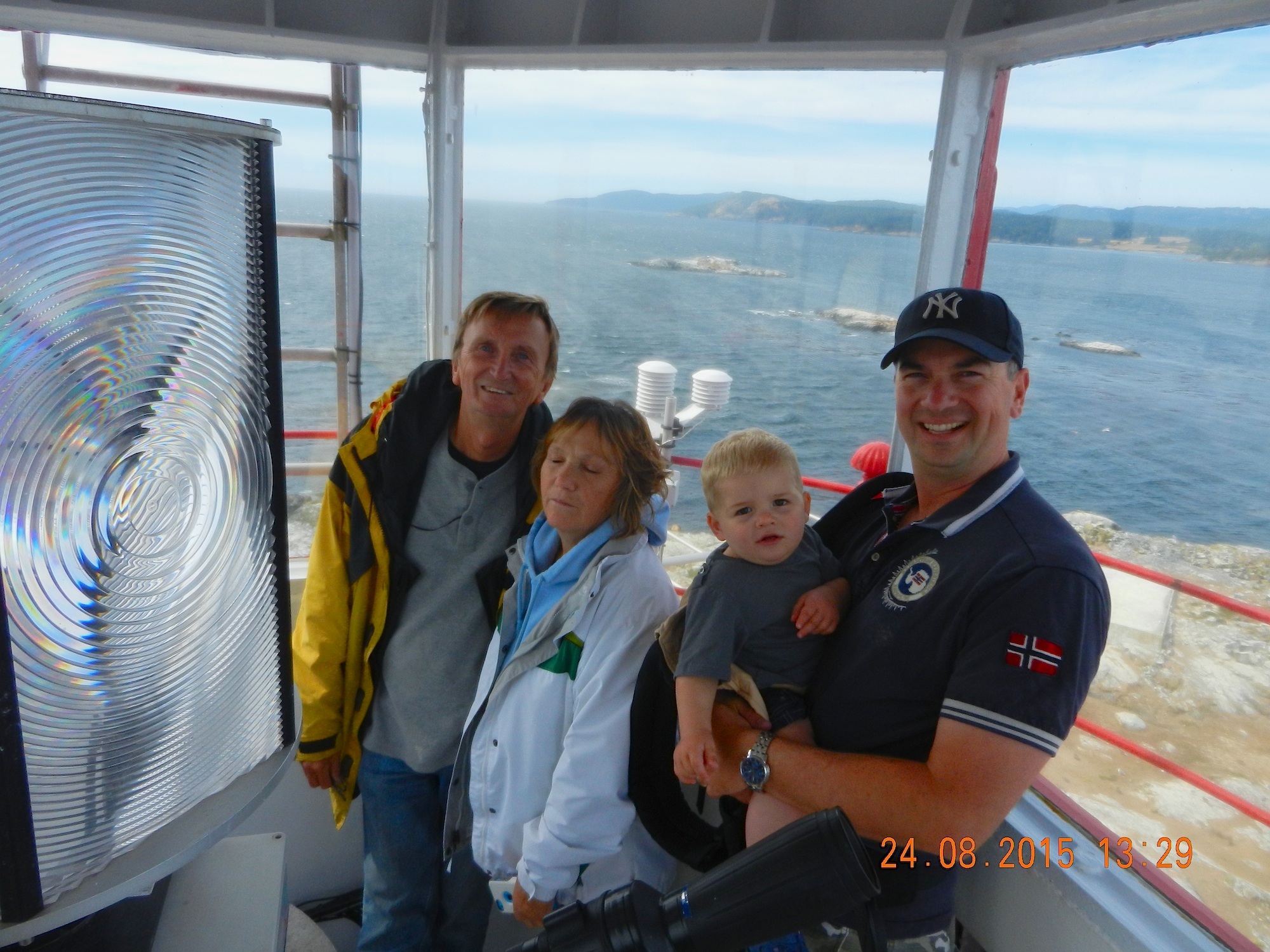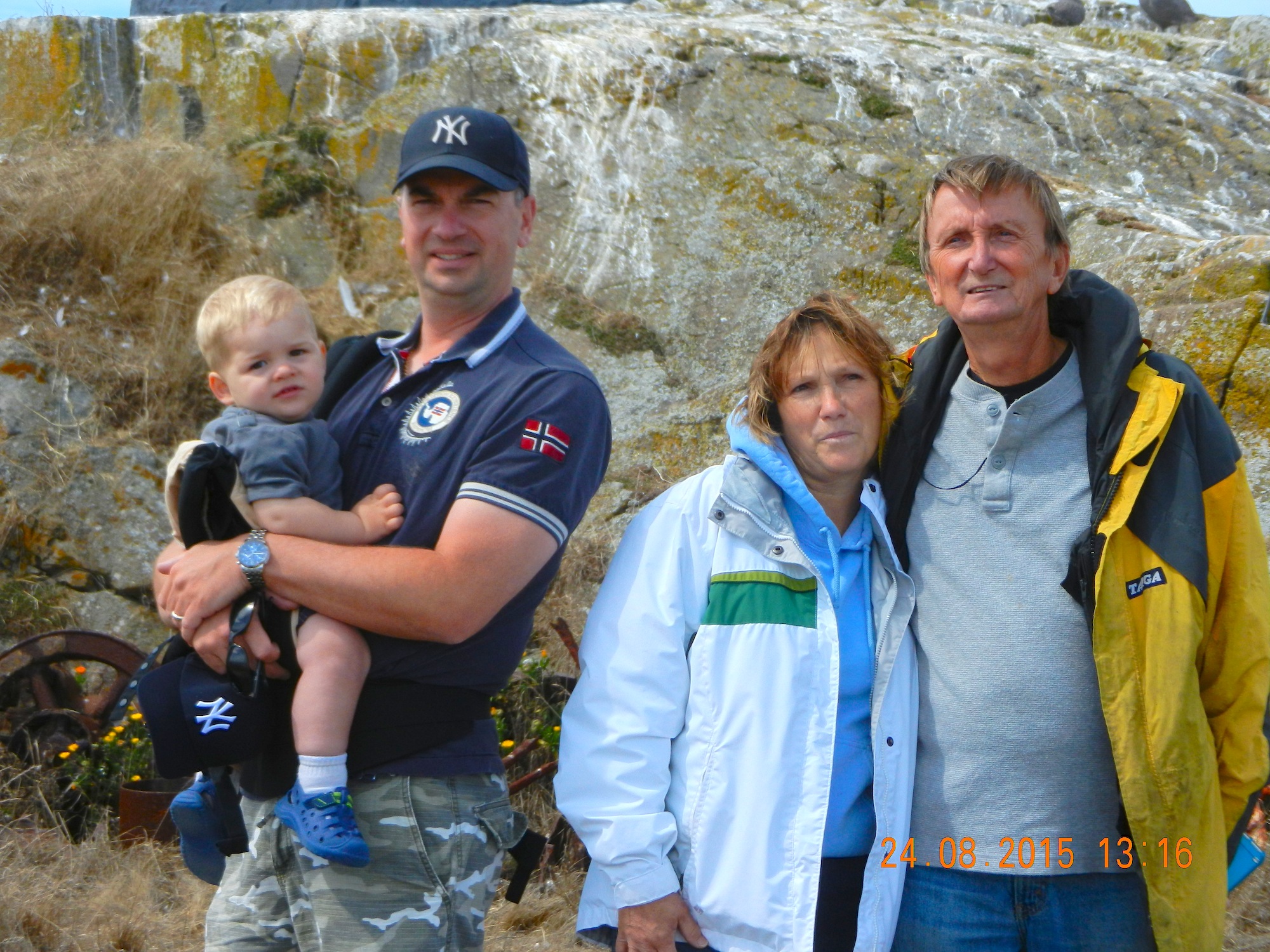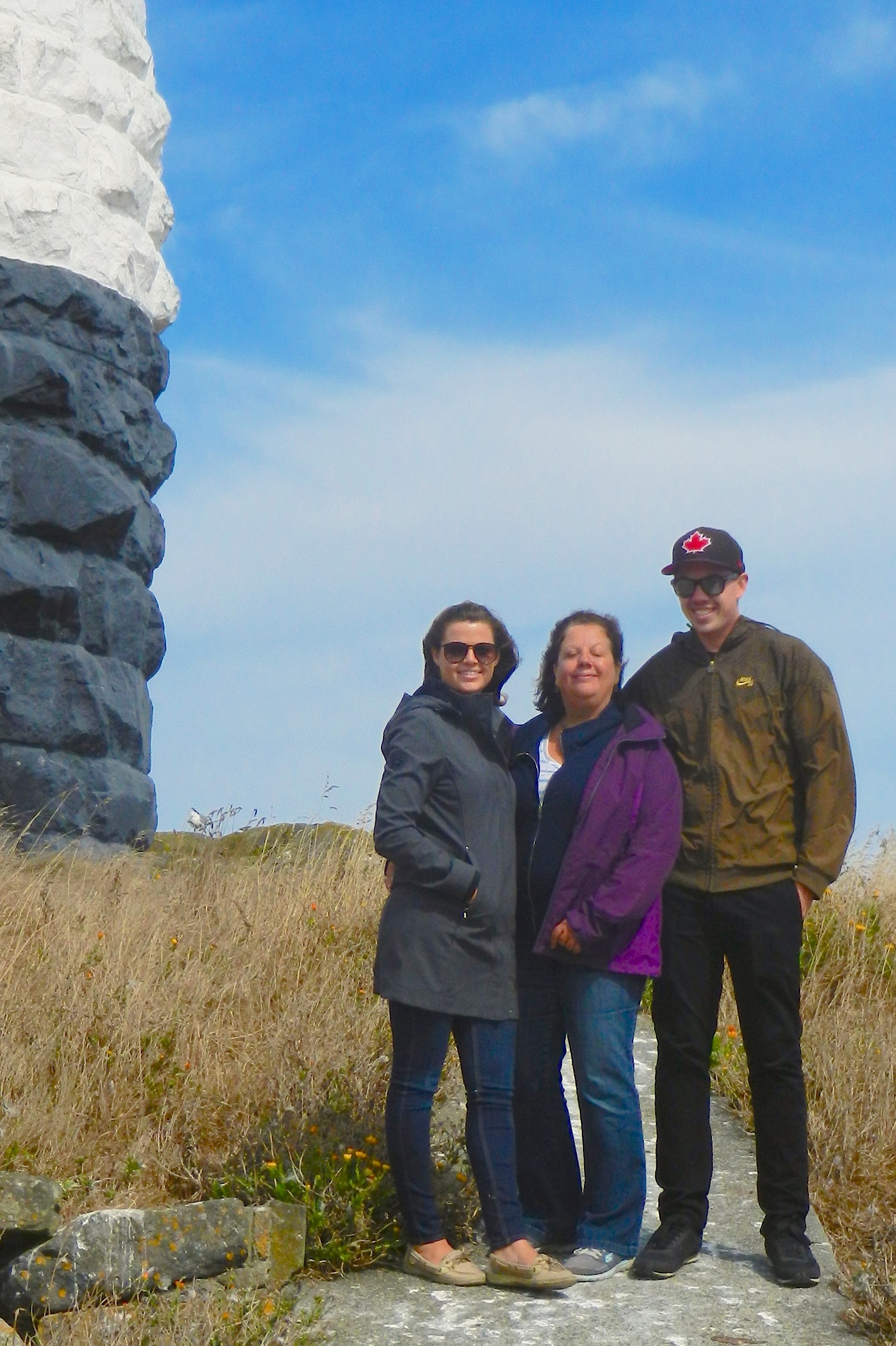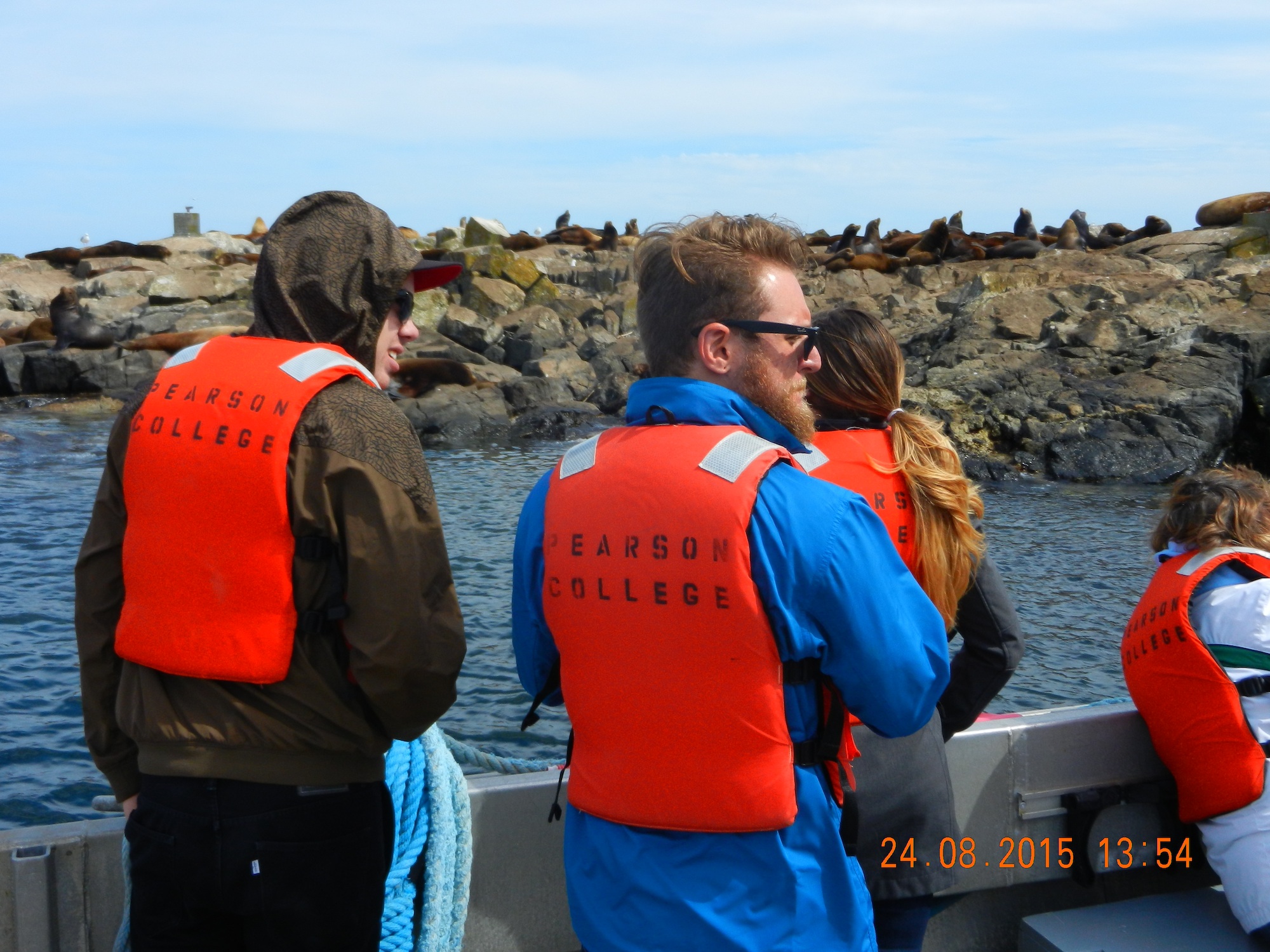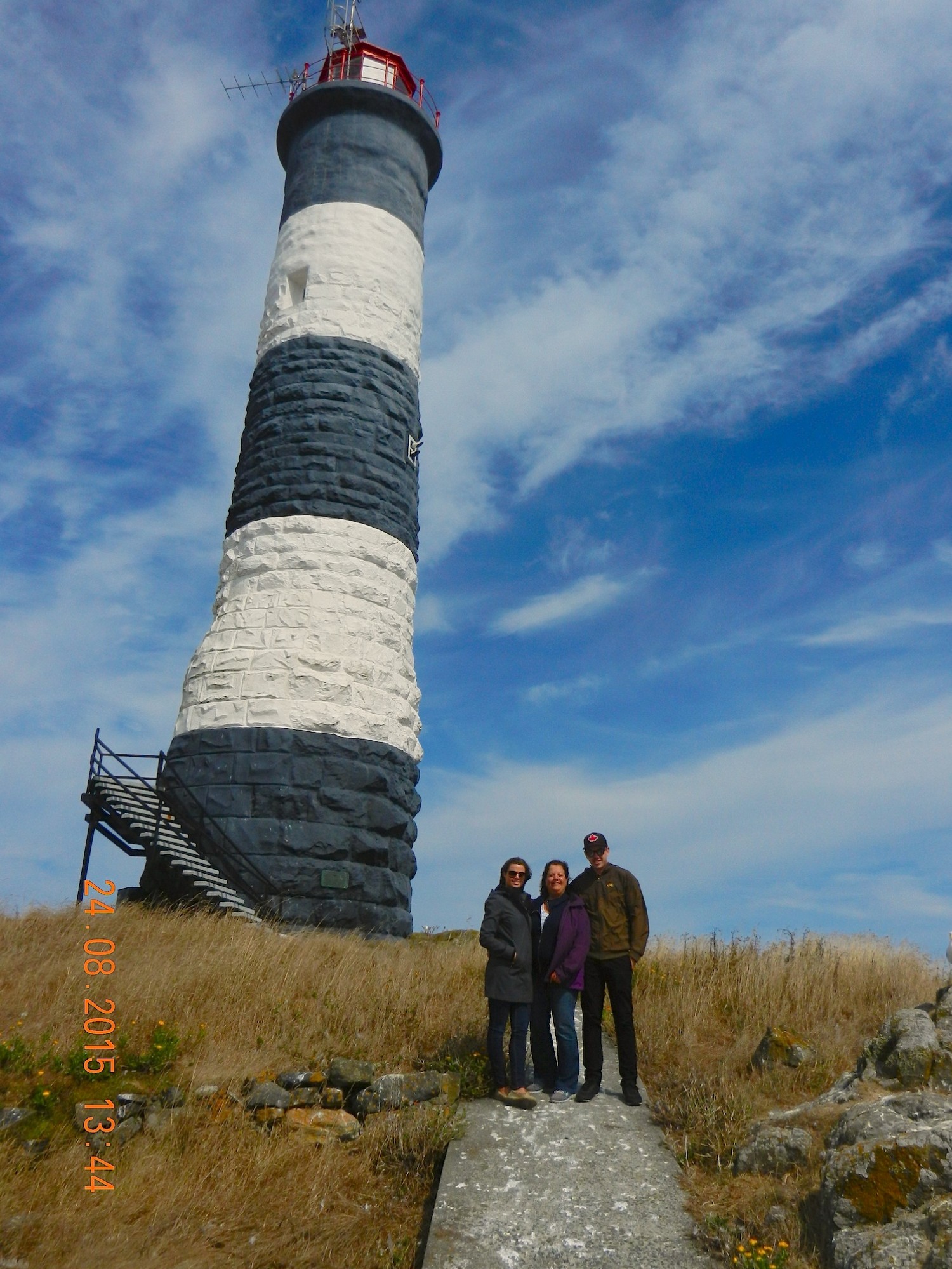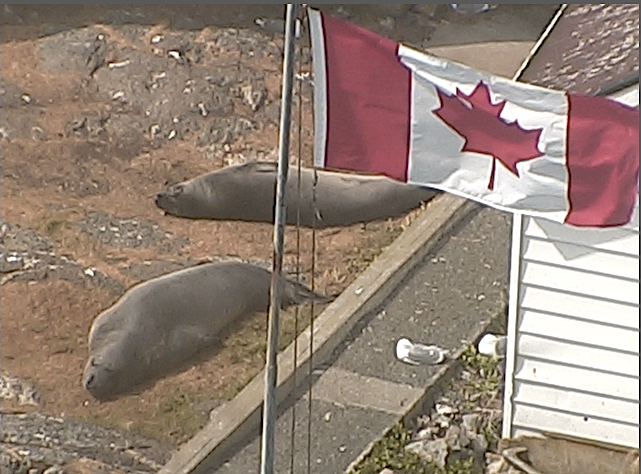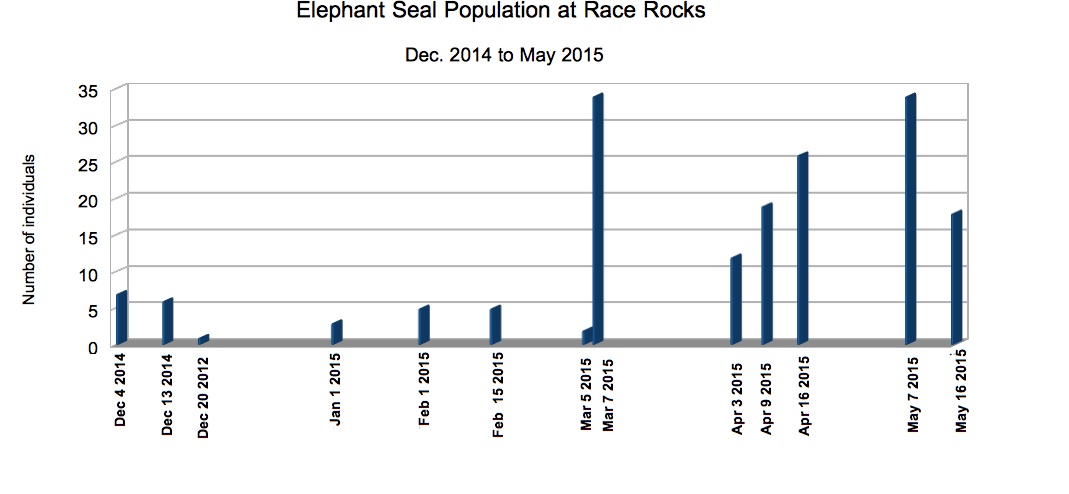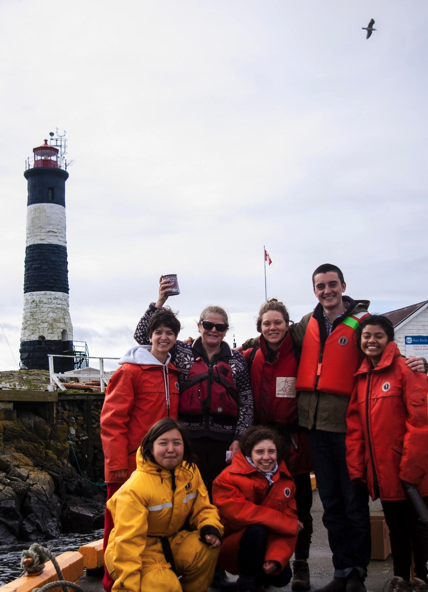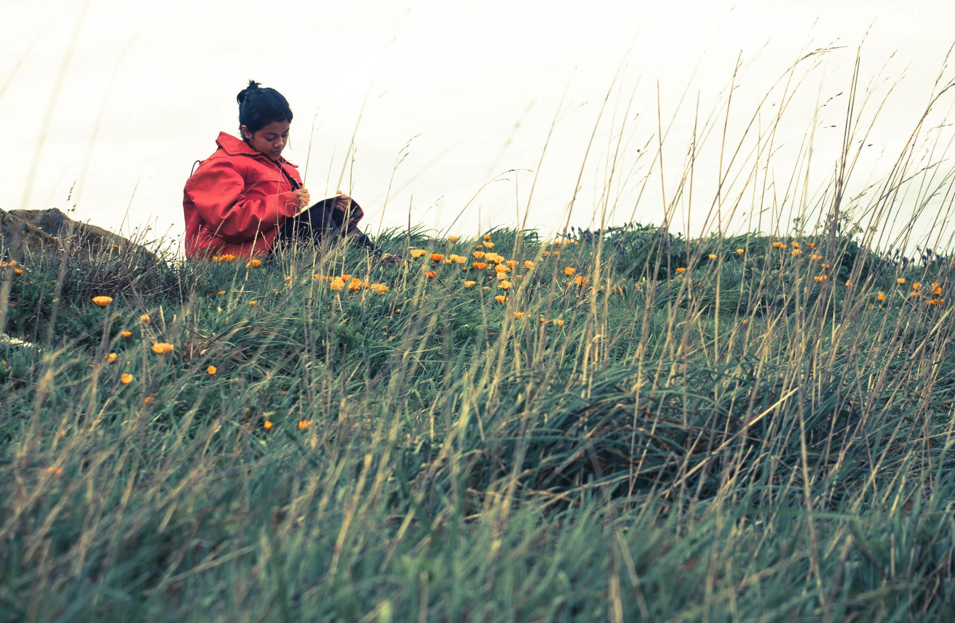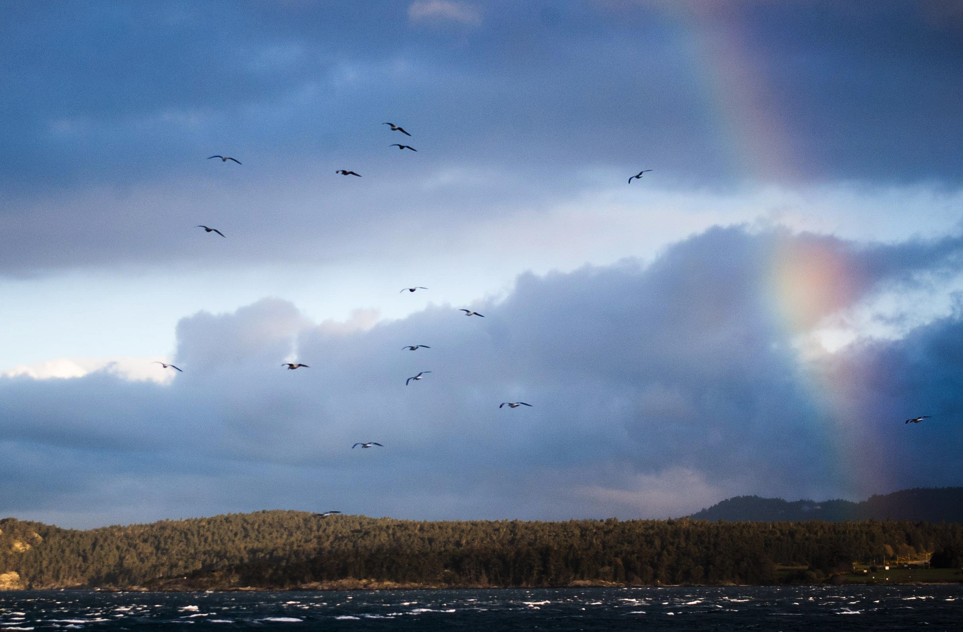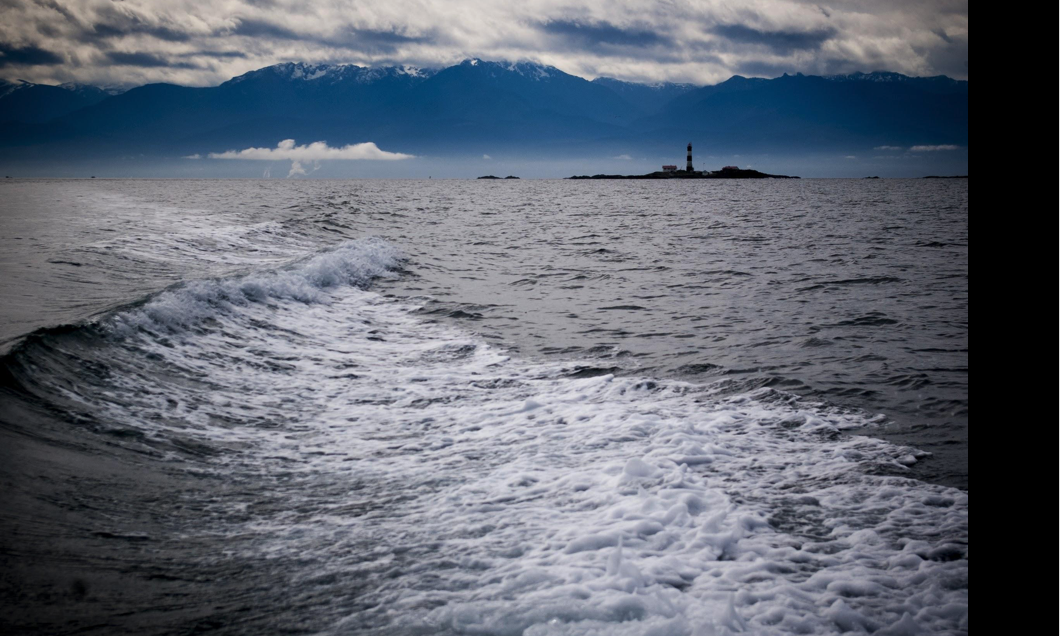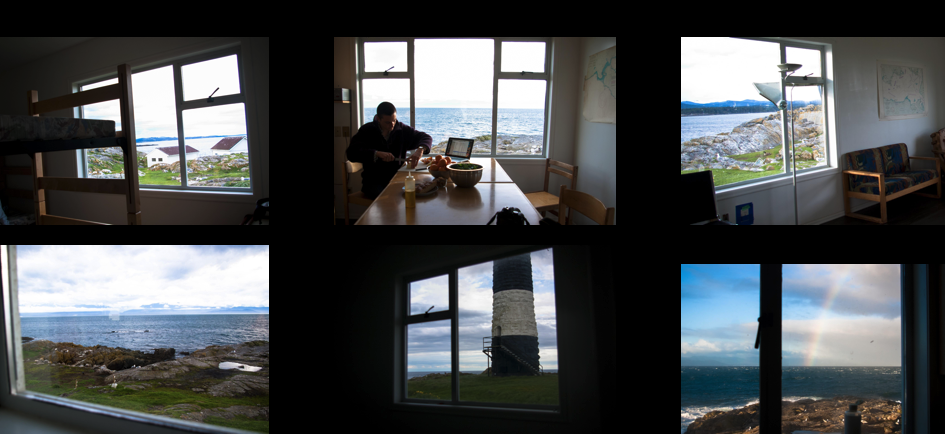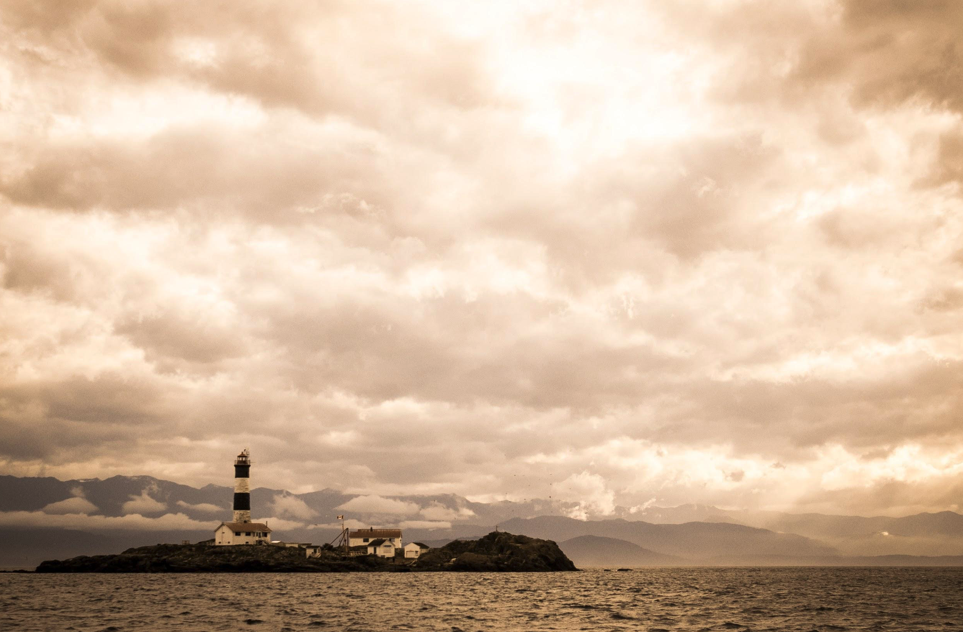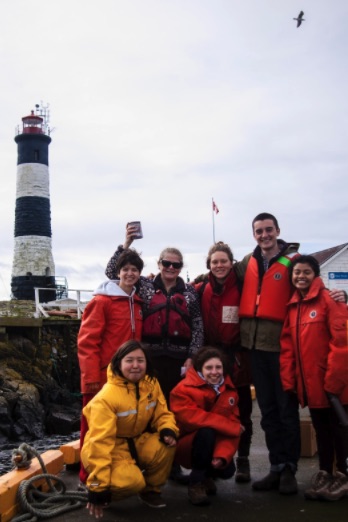This is the first record for the marbled godwit at Race Rocks. Don and Nina recorded it in their log today. Compare it with the whimbrels which we see almost every year in migration seasons
- Marbled godwit: note the pink bill with black tip and the black legs.
- Three godwits in the reserve today
At least one Godwit stayed around for some time. Here are Jasper’s pictures from the log of December 15, 2015:
-
Marbled Godwit
- Marbled Godwit still around the main island
Scientific classification
Kingdom: Animalia
Phylum: Chordata
Class: Aves
Order: Charadriiformes
Family: Scolopacidae
Genus: Limosa
Species: L. fedoa
Binomial name
Limosa fedoa (Linnaeus, 1758)
for a good recording of their call go to: http://www.birdweb.org/birdweb/bird/marbled_godwit
Other Members of the Class Aves at Race Rocks.
and Image File |
 The Race Rocks taxonomy is a collaborative venture originally started with the Biology and Environmental Systems students of Lester Pearson College UWC. It now also has contributions added by Faculty, Staff, Volunteers and Observers on the remote control webcams. The Race Rocks taxonomy is a collaborative venture originally started with the Biology and Environmental Systems students of Lester Pearson College UWC. It now also has contributions added by Faculty, Staff, Volunteers and Observers on the remote control webcams.Garry Fletcher 2015 |

